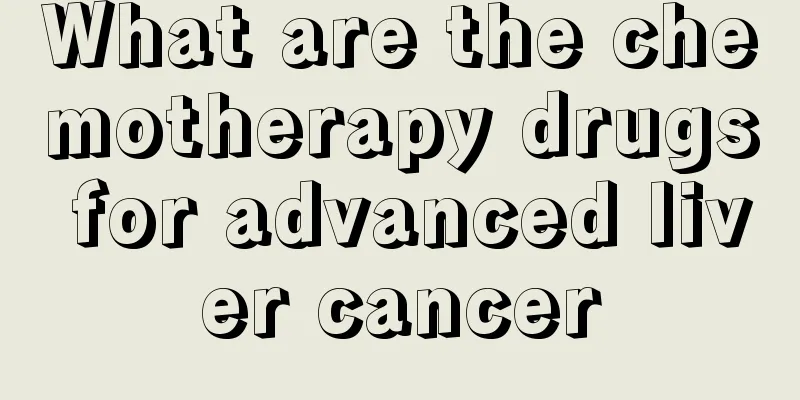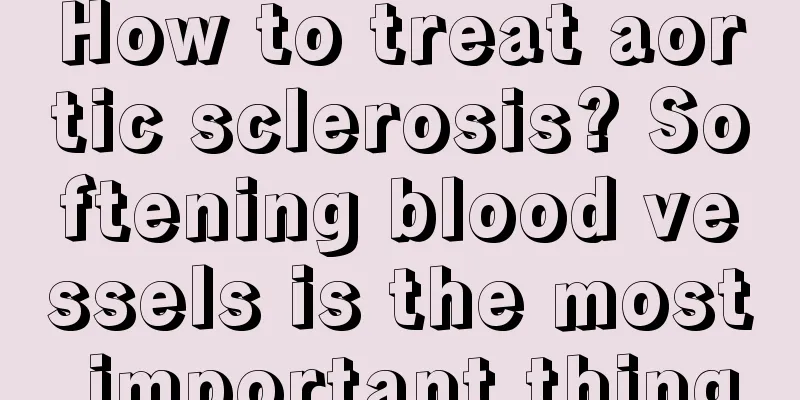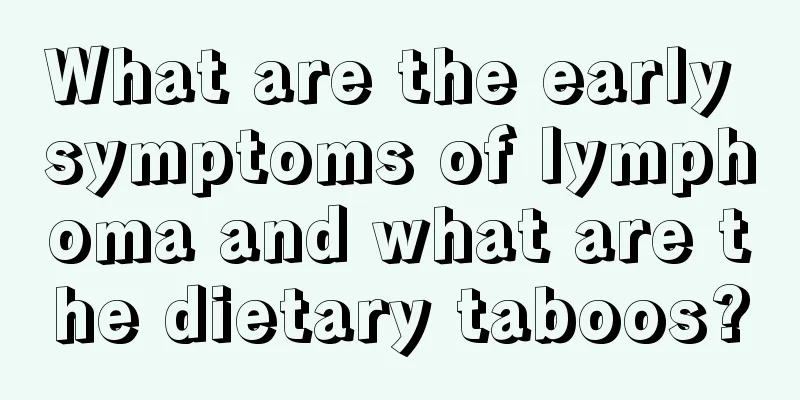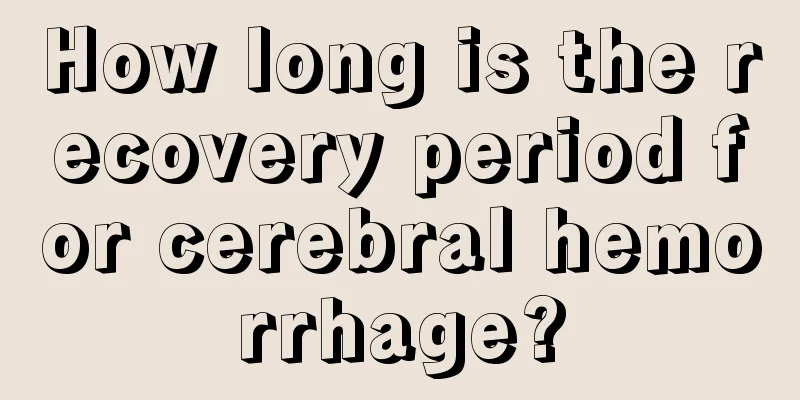What are the chemotherapy drugs for advanced liver cancer

|
Introduction to liver cancer drugs, what are the commonly used chemotherapy drugs? Liver cancer chemotherapy drugs include uranium chloride (DDP) and derivatives and Ah mold pigment (ADM) and derivatives. These drugs are commonly used after chemotherapy. Liver cancer chemotherapy has a more direct and particularly important way to inhibit the tumor in the treatment of advanced liver cancer. The most important clinical chemotherapeutic drugs for liver cancer are cisplatin (DDP) and its derivatives and Ah-mold pigment (ADM) and its derivatives. The advantages of these drugs are difficult to review from the best drugs for treating liver cancer. For example, cisplatin has a large anti-cancer spectrum and strong anti-cancer effect, but it only produces gastrointestinal reactions and renal toxicity. Ah-mold is the most serious chemotherapeutic drug toxicity, which can cause early beats and changes in 5tT and late myocardial damage, and even lead to irreversible heart failure. Clinically, the commonly used chemotherapy drugs for liver cancer are as follows: (I) DDP and its derivatives The mechanism of action of DDP is similar to that of oxidizing agents, which causes cross-linking of DNA and interferes with the normal division of cells. DDP has a wide anti-tumor spectrum, strong anti-cancer effect, and has good therapeutic effects on a variety of tumors. DDP also has a certain effect in the treatment of liver cancer and is one of the commonly used chemotherapy drugs for liver cancer. Some scholars have compared the embolization chemotherapy effects of DDP with those of MMC (mitomycin) and found that the effect of DDP is significantly better than that of MMC. In addition, DDP has a biochemical regulatory effect on 5-FU (fluorouracil), and the combination of the two has a synergistic effect. In recent years, some scholars have used DDP combined with 5-FU continuous perfusion in the hepatic artery to treat recurrent liver cancer, liver cancer with portal vein tumor thrombus, and liver cancer that has failed embolization treatment, and have achieved relatively impressive results. The toxic and side effects of DDP are mainly digestive tract reactions and nephrotoxicity, which can cause degeneration and necrosis of the distal tubules of the kidney, hyaline degeneration of the proximal tubules, and even irreversible renal failure. When the systemic intravenous dose exceeds 60 mg, it should be fully hydrated to reduce its damage to the kidneys. Local application can reduce toxic and side effects. In order to reduce the toxicity of DDP, many lead complexes have been synthesized in recent years, mainly the second-generation carboplatin (CBP) and the third-generation oxaloplatin (L-OHP). CBP is effective against a variety of tumors, and its nephrotoxicity is significantly reduced compared with DDP, but bone marrow suppression is more obvious. L-OHP has lower nephrotoxicity, but has certain neurotoxicity. L-OHP has achieved good results in the treatment of gastrointestinal tumors, but whether it is better than DDP in the treatment of liver cancer remains to be seen. (ii) Doxorubicin (ADM) and its derivatives ADM was once considered the most effective chemotherapy drug for liver cancer. Its remission rate for liver cancer is slightly better than other chemotherapy drugs. It is also one of the most clinically used chemotherapy drugs for liver cancer. ADM has the most serious cardiotoxicity among chemotherapy drugs. It can cause premature beats, 5T-T changes, delayed myocardial damage, and even irreversible heart failure. The lifetime cumulative dose of ADM should be controlled within 500-550mg/m2, and serious heart damage generally does not occur. For patients over 70 years old, those with existing heart disease, those who have used high-dose CTX, and those who have undergone mediastinal radiotherapy, the total amount of ADM should be <450mg/m2. ADM derivatives commonly used in liver cancer include MIT, E-ADM, and pyrarubicin (THP). MIT has a milder cardiotoxicity than ADM. It has been reported that intrahepatic arterial perfusion of MIT can reduce the postoperative recurrence rate of liver cancer with a high tendency to relapse. The cardiotoxicity of E-ADM is only 50% of that of ADM, and the bone marrow toxicity is 70% of that of ADM. It has been reported that the effect of using E-ADM in embolization chemotherapy is similar to that of ADM, and there are also reports that the effect of E-ADM is better than ADM. The cumulative dose of E-ADM should not exceed 700-800mg/m2. THP has a milder cardiotoxicity than ADM. In recent years, there have been many reports on the use of THP embolization chemotherapy to treat liver cancer, but whether the effect is better than ADM and EADM remains to be seen. (III) Mitomycin (MMC) and others MMC was once widely used in various digestive tract tumors, especially in Japan. In recent years, it has been found that MMC is not very effective in treating gastrointestinal tumors and may cause serious toxic side effects (such as delayed bone marrow suppression, kidney damage, and microangiopathic hemolytic anemia). MMC is rarely used in chemotherapy for gastrointestinal tumors, but it is still commonly used in interventional chemotherapy and embolization chemotherapy for liver cancer. Oral medication is also a traditional chemotherapy drug administration method. Since the blood supply of liver cancer comes from the hepatic artery and portal vein, the blood supply to the active proliferating tumor peripheral area is mainly received by the portal vein. Although oral absorption is not complete, oral administration can cause a higher blood drug concentration in the portal vein. Therefore, oral medication is still unique in treating liver cancer. In addition, oral administration has the advantage of being easy to use. These are the introductions to liver cancer drugs, especially chemotherapy drugs. The introduction of these drugs is to help patients find more drugs to treat liver cancer. Patients must not rush to seek medical treatment, but must find suitable and correct drugs. Some drugs cannot be used casually. Each drug has its own effect, so patients must choose carefully. |
<<: What are the traditional Chinese medicines for fighting liver cancer
>>: What is the best food for liver cancer patients
Recommend
What are the causes of vitiligo
Vitiligo is a common and frequent disease that no...
What should I do if my nose gets dry from the air conditioner?
Today's technology is really advanced. With t...
Which season does hair loss increase
Seasonal hair loss is also a common symptom of ha...
Eat food that flies have crawled over
Flies are a relatively common pest and also a cre...
When you get drunk once, all nine organs of your body suffer
After a few drinks, you may feel a little confide...
Symptoms of cystic kidney disease and polycystic kidney disease
What is polycystic kidney disease? How does polyc...
Symptoms of prostate cancer at different stages
Prostate cancer is now a common disease among men...
What is the hamartoma in the kidney?
Renal hamartoma is a common benign tumor, mainly ...
Will having an ovarian tumor affect life expectancy?
Ovarian tumor is a common gynecological malignant...
How should lovers get along with each other?
Modern society is a relatively open era. Many men...
What's wrong with my eyebrows turning white? What's wrong with my eyebrows turning white?
The main reason for hair graying is due to aging,...
How to wear a swimsuit
With the continuous improvement of modernization,...
Does peanut butter make you fat?
Eating peanut butter will make you fat. The main ...
How to wash moldy clothes
If you don't take care to preserve your cloth...
Several common causes of brain cancer
Brain cancer is the most common type of cancer. I...









